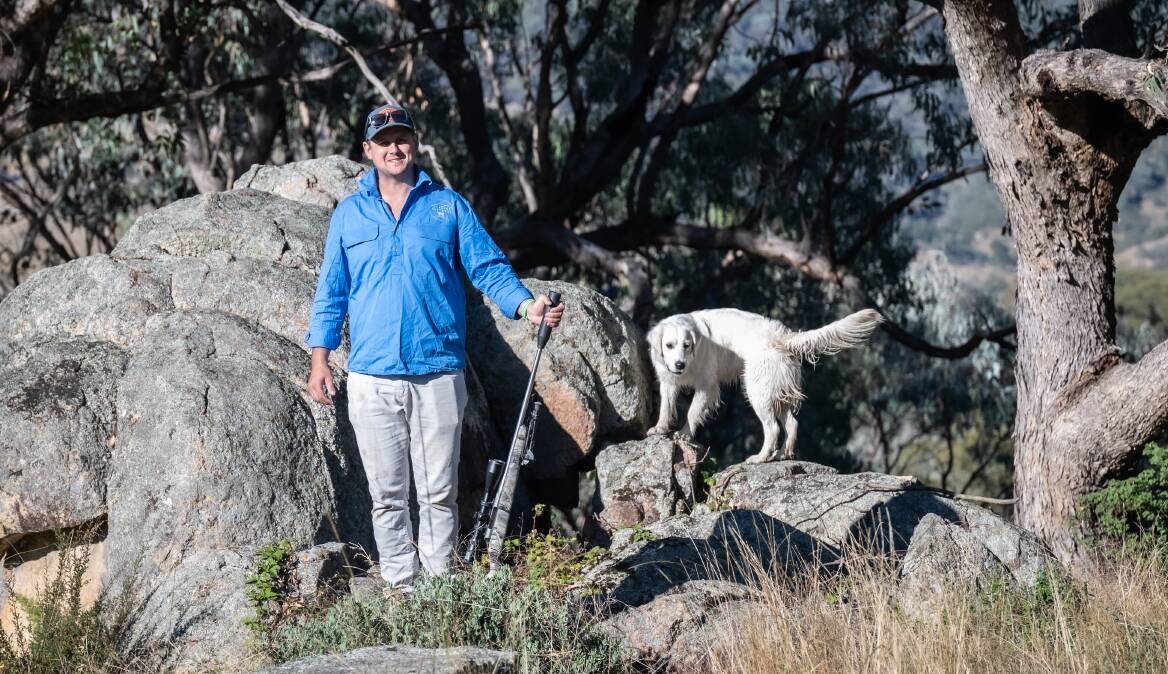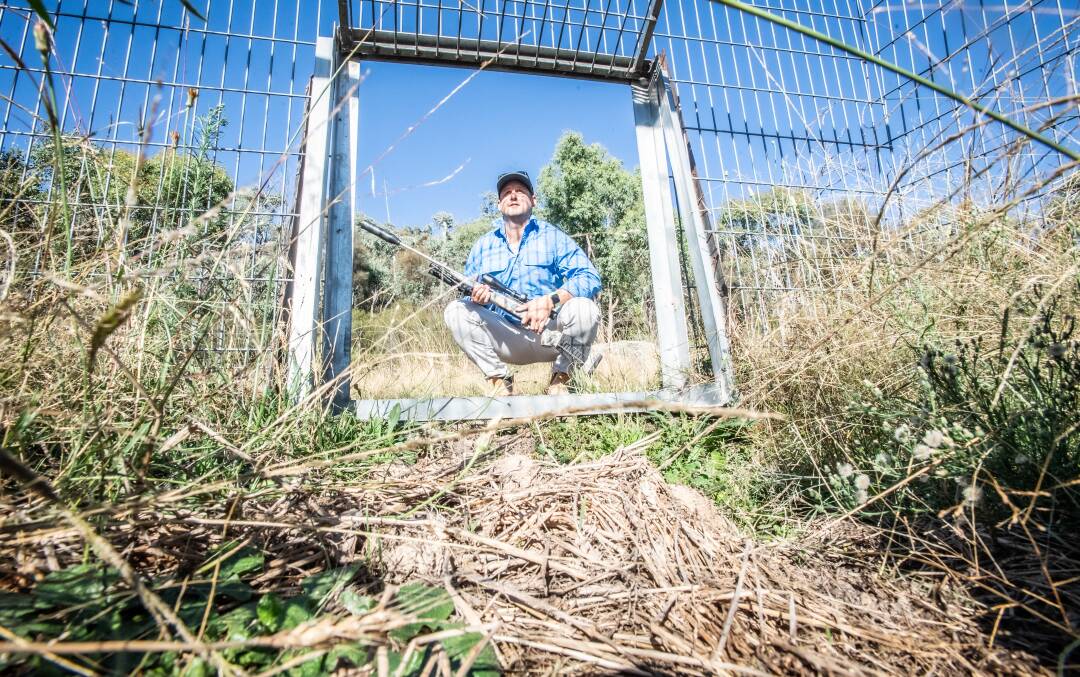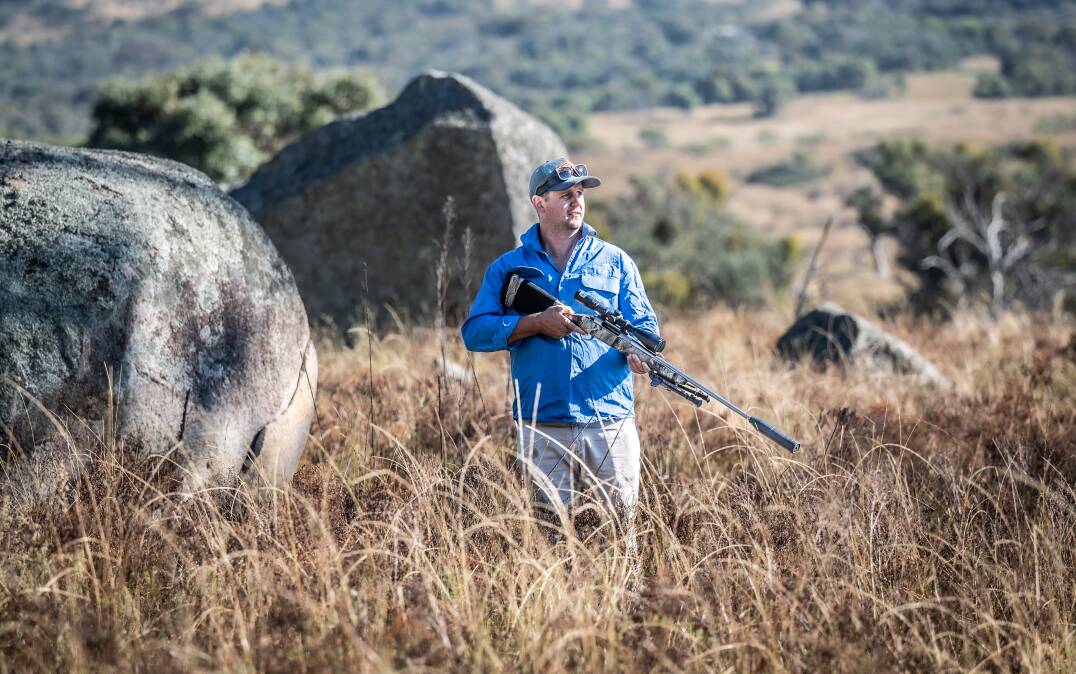Three years of wet weather have led to an explosion in the number of invasive species, including foxes, deer and pigs.
Farmer Toby Mildren described the situation as pretty horrific. He's noticed the number of pests on his property near Tharwa rising relentlessly.
"Just based on the sheer numbers we've seen in the last year or two," he said. "They're everywhere and it is out of control."
"Since the fires in 2019, with all the re-growth, there's been an influx of breeding with pigs, deer, foxes and rabbits."
In Kambah, Adam Lilleyman of the ACT Rural Landholders Association said he was also dealing with a surge.
"In the last year or so we've seen deer on our property, which is extremely rare, but we've started to see them regularly now. The green season may explain why we're seeing increased numbers," the vice-president of the association said.

"I shoot around 40 foxes a year. We seem to have an infinite pool of foxes surrounding us."
Invasive species are animals, or plants, that establish themselves outside their natural habitat and become pests. They cost Australia millions of dollars every year.
Feral animals create a variety of problems for farmers, from breaking fences and destroying waterholes, to killing stock and damaging farm equipment.
Mr Lilleyman and Mr Mildren shoot pigs, foxes and deer, and Mr Mildren uses traps provided by the ACT government.
Despite government support, he said it's still not enough to manage the pest populations. His family property backs on to Namadgi National Park and he said that has become a breeding ground.
"There are dozens of main thoroughfares from the park straight on to our place, and that's everything, foxes, kangaroos, pigs and deer," Mr Mildren said.

"I'd say maybe 80 or 90 per cent of what we shoot comes out of the park."
Namadgi currently runs trapping and baiting programs.
The ACT government has confirmed that aerial shooting will start in the park before June.
The most dramatic increase in the past few years has been among the feral deer population. Among the most successful invasive species in the world, they're much harder to control than other pests.
The ACT government's manager of invasive animals, Mark Sweaney, said it was preparing for this year's culling season.
"This autumn we will be doing the largest aerial control program the ACT has ever had. We'll be able to apply thermal-assisted shooting to all conservation areas and some adjoining private land," Mr Sweaney said.

"The important thing is to continue the programs ... we are managing control at the moment, and if you remove enough of the population every year you can stop numbers growing beyond your control efforts."
For farmers like Mr Mildren, controlling the territory's feral animals largely falls to them.
"The more you see, the more you feel like you have to cull them, just based on the damage they cause," he said.
"We're at a crossroads, where we could go down one way and help, or do nothing and watch things deteriorate over the next couple years."







